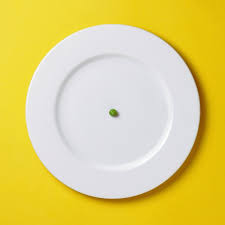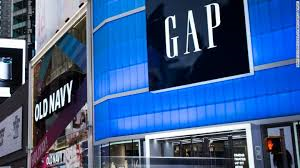Brand Minimalism.
I’m a cook who believes in technique. The more I cook, the more I understand that it’s not recipes that make the best food, it’s good ingredients well presented. If I look at a recipe and see 12 plus ingredients, I click on. It’s a rarity when so many ingredients come together into something that has a distinctive taste. Kind of like mixing too many paints as a kid.
In brand strategy, technique varies from planner to planner. Lot’s of behavioral observation. Quantitative numbers crunching. Segmentation. Interviews with stakeholders and customers. Interviews with subject matter experts – knowing they’re not always your target. And sniffing around the ether, searching for poster not pasters.
But the last technique — the most important technique — is the planning framework. Extending the cooking metaphor, it’s landing on which ingredients to use in your strategy dish. For me, the ingredients are few. One brand claim and three proof planks. The planks are kindred ingredients or proof supporting the claim.
You build brands with three proof planks. Not four, not five. It can’t be four and a half. Too many planks ruin a brand. It’s the way the brain works.
For examples the claim and proof framework in your business category, please write me at Steve@WhatsTheIdea.com. Proof.
Peace.








